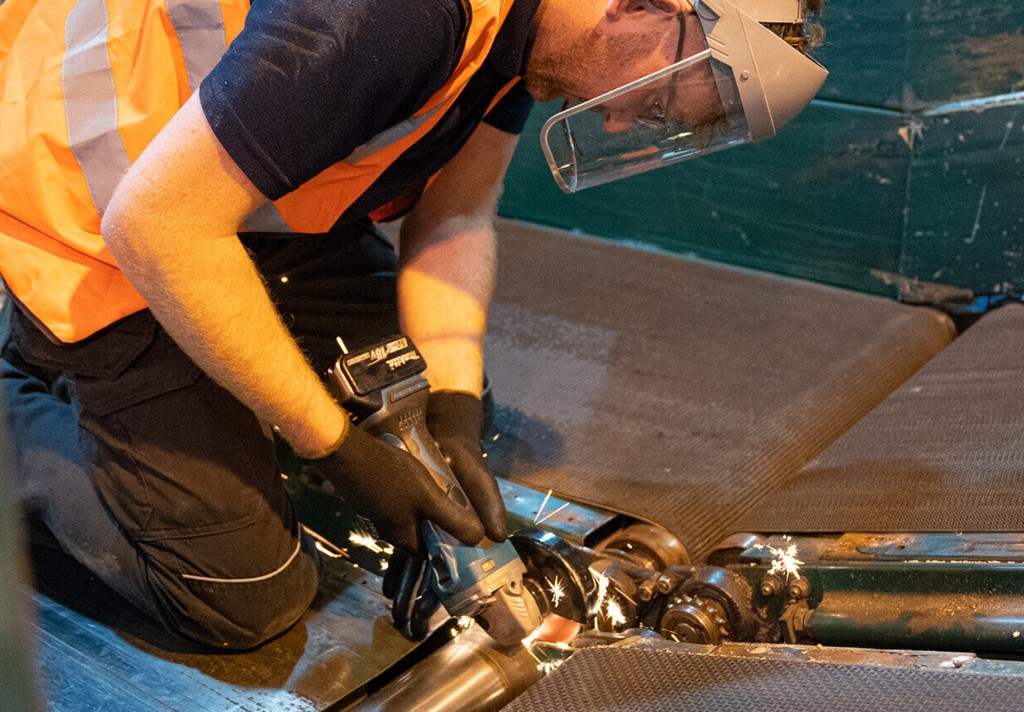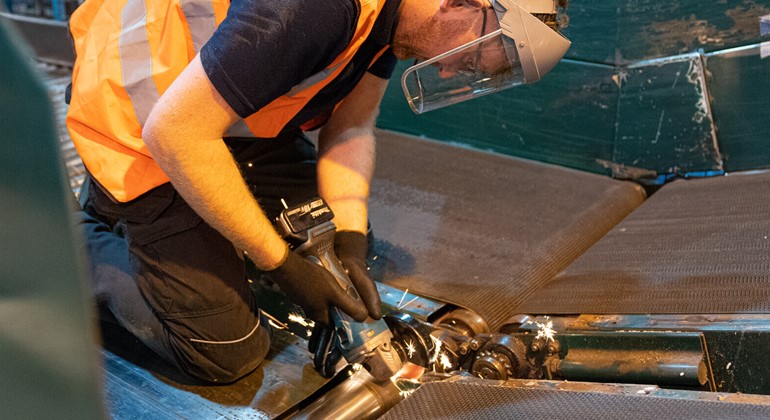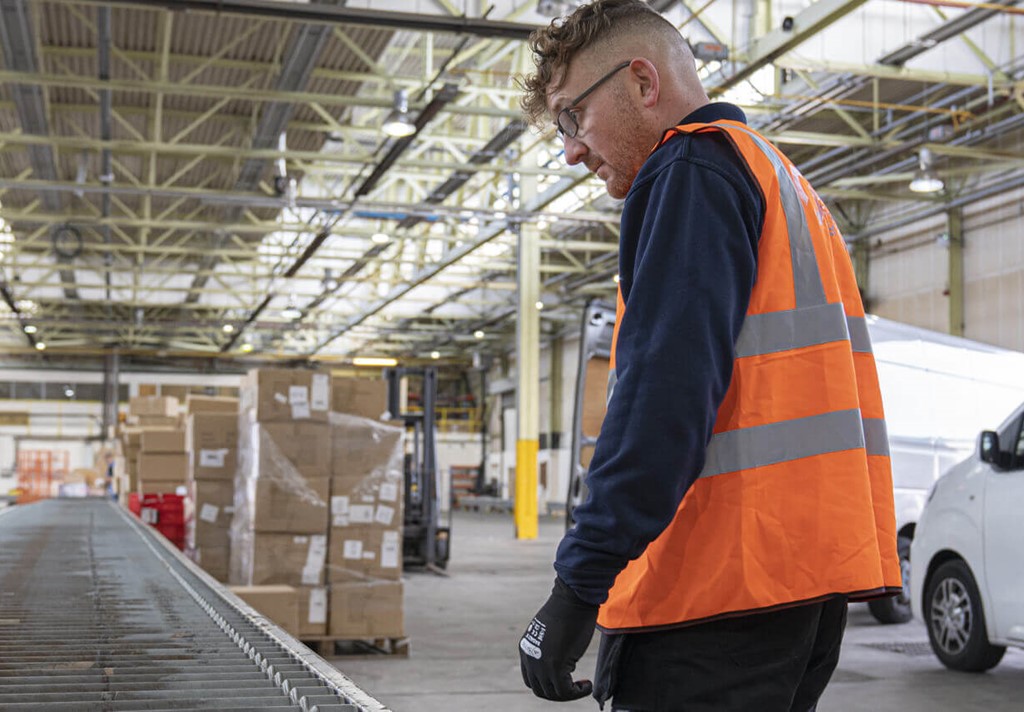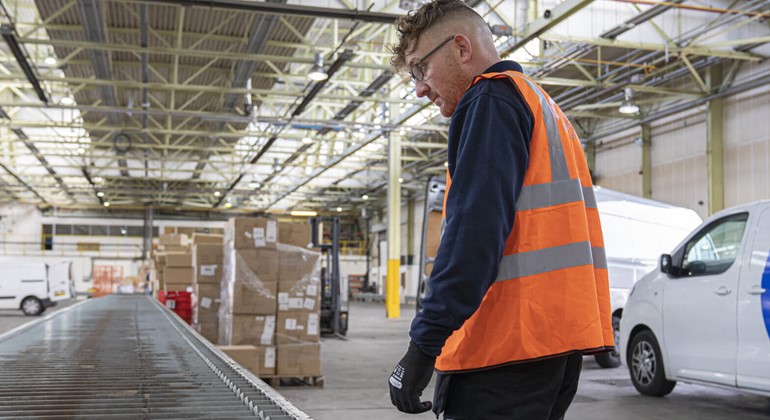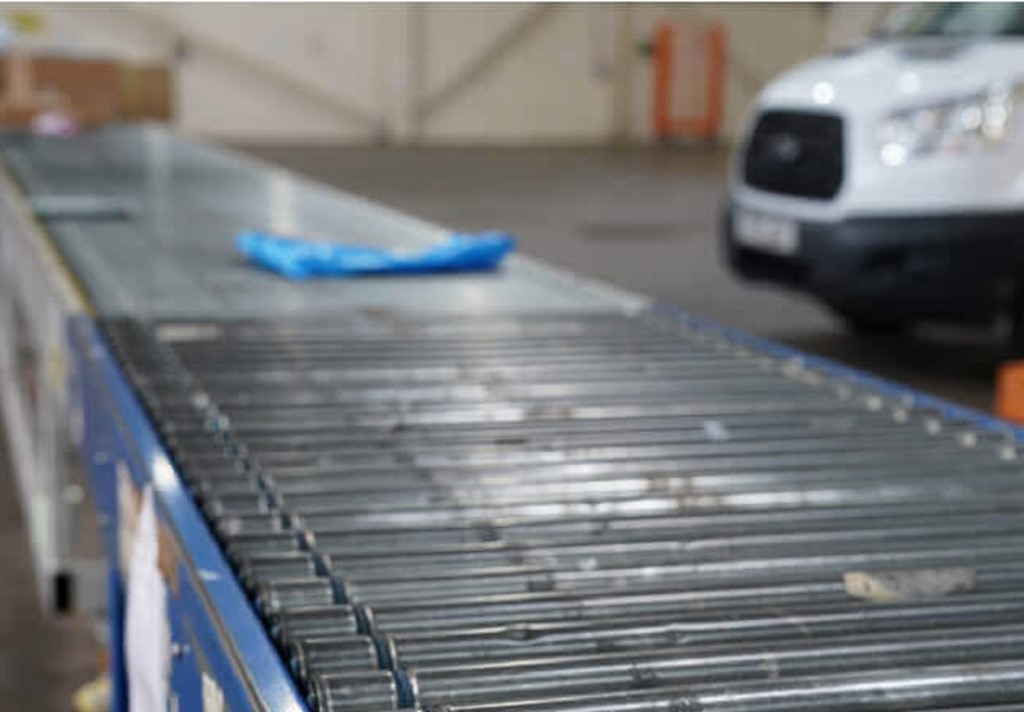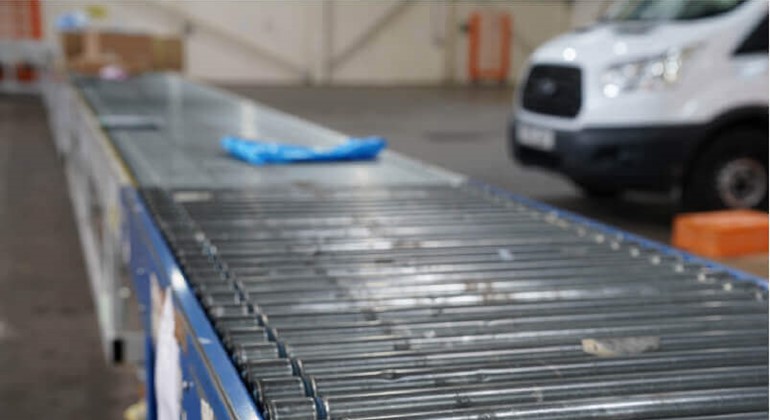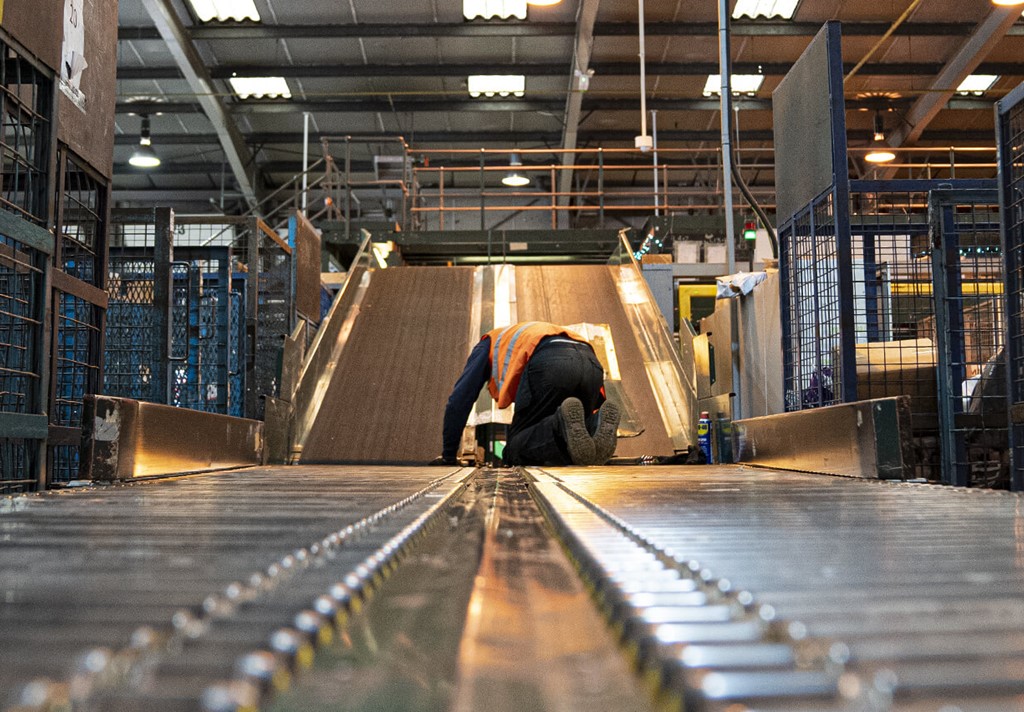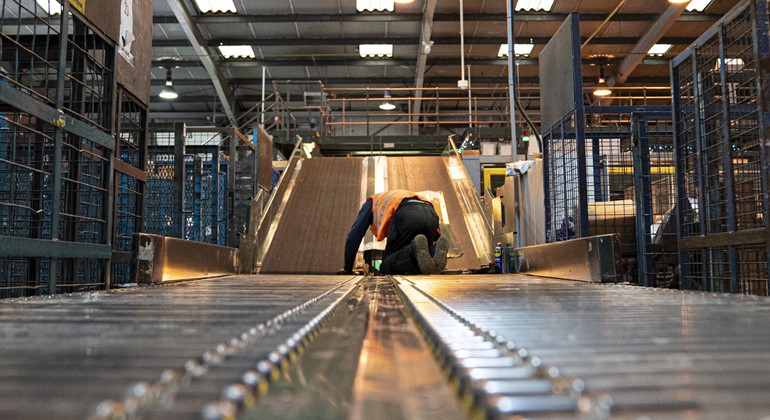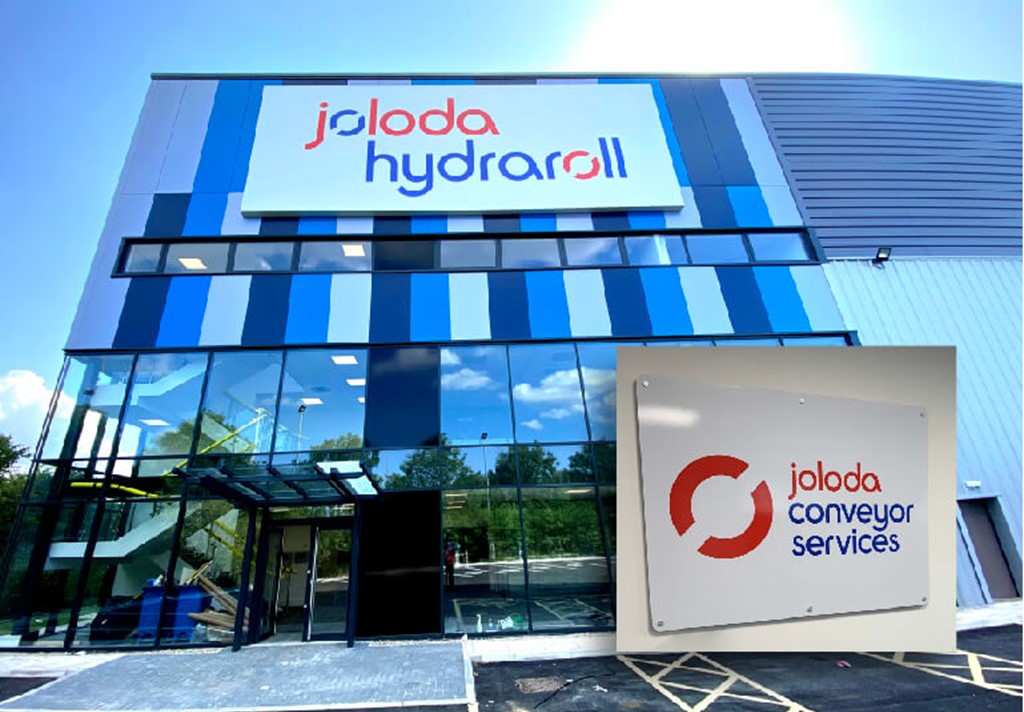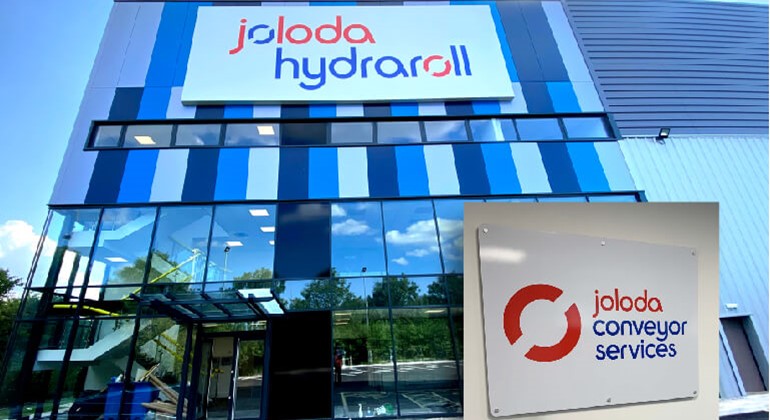The conveyor belt is a wondrous invention that has propped up the warehouse management system for as long as we can remember. This mechanical unit provides safe, seamless support when getting all manner of goods from A to B, a fact that makes it particularly popular within the backroom operations of warehouses, distribution centres and facilities serving a wide range of industry sectors.
As more and more businesses look for a cost-effective and efficient way to handle, process and transport the materials that are crucial to them and their customers, conveyor belt usage is rapidly increasing. With this, there’s greater availability and better advancements, making conveyor belts more automated and beneficial than ever.
Choosing the right conveyor belt for your facility isn’t easy. There is a diverse variety of conveyor belt types constructed using differing conveyor materials. The following guide offers an introduction to these conveyor belt types so you can find a conveyor belt that suits your business, its productivity goals and its budget.


